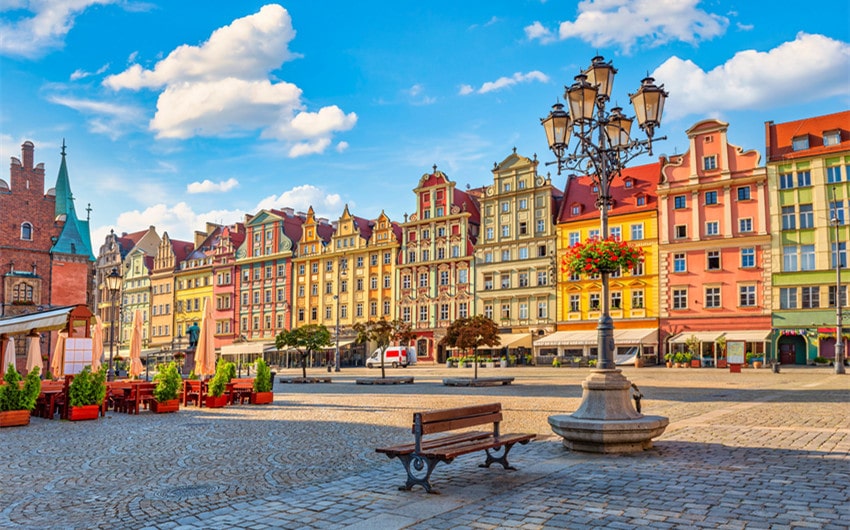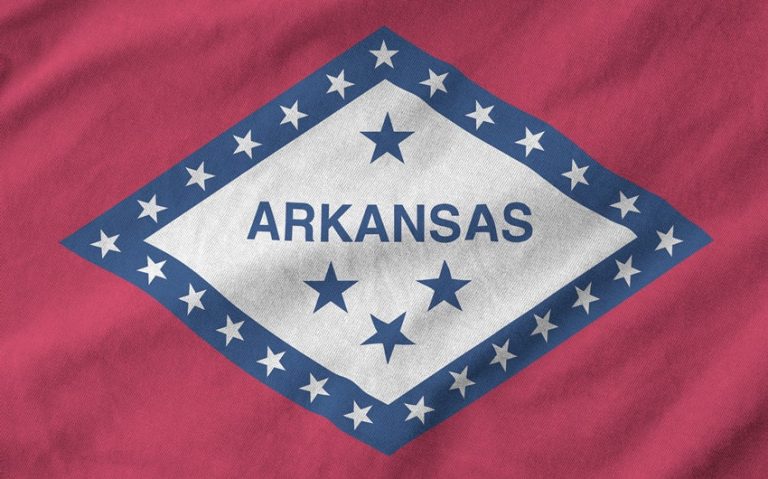20 Fun Facts About Poland That Will Surprise You
Poland is a country full of charm, surprises, and rich history that often goes unnoticed. Whether you’re a traveler planning your next adventure or simply curious about the world, discovering unique details about this fascinating country can be a real treat.
From delicious food to stunning landscapes and quirky traditions, there’s so much to learn and love. In this article, we’ll explore some fun facts about Poland that might just inspire you to dive deeper into its culture and maybe even add it to your travel bucket list!
20 Fun Facts About Poland
1. Poland Has the World’s Largest Castle
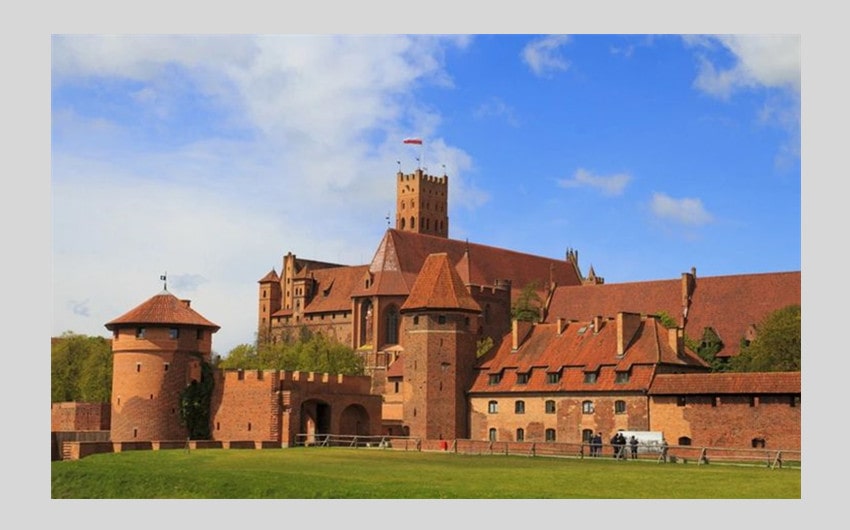
Image source: Pinterest
Malbork Castle, located in northern Poland, holds the Guinness World Record for being the largest castle in the world by land area. Built in the 13th century by the Teutonic Knights, it served as a fortress and an administrative center.
The castle’s massive red-brick structure, Gothic architecture, and sprawling courtyards make it a must-visit destination for history lovers. Today, it stands as a UNESCO World Heritage Site and hosts fascinating exhibitions showcasing medieval life, weaponry, and the castle’s storied past.
2. The Polish Language Has Seven Cases
Polish is considered one of the hardest languages to learn, and a big reason for this is its grammar. Nouns, pronouns, and adjectives in Polish change form depending on their grammatical function, with seven cases in total.
For example, a single word can look entirely different depending on whether it’s the subject, object, or possessive. Despite the challenge, many find the language beautiful and rewarding to learn. Plus, Poles are incredibly patient and appreciative of anyone making an effort to speak their tongue!
3. Poland Invented the Bulletproof Vest
A revolutionary invention in safety gear, the modern bulletproof vest was created by Polish inventor Jan Szczepanik in 1901. Known as the “Polish Edison,” Szczepanik was a prolific innovator with numerous patents to his name.
His bulletproof vest gained international fame when it successfully protected Spain’s King Alfonso XIII from an assassination attempt. This Polish creation has since evolved into a critical tool for military, police, and security forces worldwide, showcasing Poland’s contributions to global innovation.
4. Poland Is Home to the Crooked Forest
Nestled near the town of Gryfino, the Crooked Forest is one of Poland’s most mysterious natural wonders. This grove of pine trees features trunks that curve dramatically near their base, forming a crescent shape before growing upright.
The reason behind this unusual phenomenon remains unknown, though theories range from human intervention to natural forces like snow or strong winds. The eerie yet beautiful sight has made the Crooked Forest a popular spot for photographers and a symbol of nature’s intriguing oddities.
5. Marie Curie Was Born in Poland
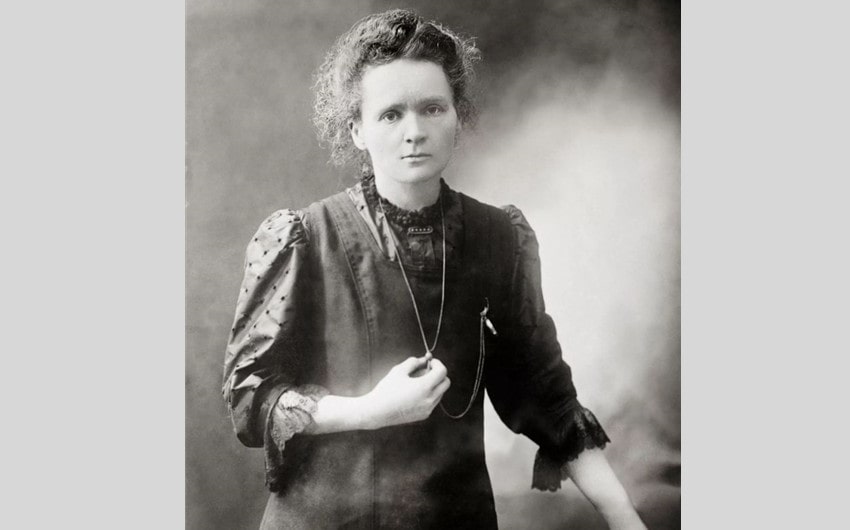
Image source: Pinterest
Marie Curie, the first woman to win a Nobel Prize and the only person to win in two different scientific fields, was born Maria Skłodowska in Warsaw, Poland, in 1867. She later moved to France, where she conducted groundbreaking research on radioactivity alongside her husband, Pierre Curie.
Despite spending much of her life abroad, Curie remained deeply connected to her Polish roots, naming the first chemical element she discovered—polonium—after her homeland. Today, she is celebrated as a global icon of science and perseverance.
6. Poland Gave the World the Bagel
The beloved bagel, often associated with New York City, actually has its origins in Poland. It was created by the Jewish community in Kraków as far back as the 17th century. Traditionally, bagels were baked as a celebratory food for special occasions like childbirth.
These early bagels were hand-shaped and boiled before being baked, giving them their signature chewy texture. Over time, Polish Jewish immigrants brought the bagel to the United States, where it became a cultural staple and gained international fame.
7. Poland Has a Desert
Yes, Poland has a desert! The Błędów Desert, located in southern Poland, is one of the few natural deserts in Europe. Covering about 12 square miles, this unique landscape features shifting sands and a climate more reminiscent of North Africa than Central Europe.
Its formation dates back to the Ice Age, but human activities, such as deforestation, played a role in shaping the sandy terrain. Today, it’s a popular destination for hikers and nature enthusiasts, offering a surreal and unexpected experience in the heart of Poland.
8. Poland Celebrates Wet Monday
Śmigus-Dyngus, also known as Wet Monday, is a quirky Easter tradition in Poland. On this day, people splash water on each other in a playful ritual symbolizing cleansing and renewal. The tradition dates back to pagan times and was later incorporated into Christian customs.
Young men would douse women with water as part of courtship rituals, and women would return the favor the next day. Today, the roles are less gendered, and the tradition has turned into a fun, nationwide water fight that everyone enjoys.
9. Vodka May Have Originated in Poland

Poland has a long-standing claim as the birthplace of vodka, and it remains a vital part of the country’s culture and history. The word “vodka” itself is derived from the Polish word wódka, meaning “little water.” Polish vodka production dates back to at least the 8th century, and the drink was initially used for medicinal purposes.
Today, Poland is known for its premium vodkas, such as Żubrówka, which is flavored with bison grass. Vodka is a centerpiece of Polish celebrations, often accompanied by traditional toasts and hearty meals.
10. The First Written Constitution in Europe Came from Poland
Poland made history in 1791 by adopting the first written democratic constitution in Europe and the second in the world, after the United States. Known as the Constitution of May 3, it was a progressive document that introduced political reforms, including checks and balances and protection of citizens’ rights.
Although it was only in effect for a short time due to Poland’s subsequent partitions, it remains a symbol of the country’s dedication to democracy and reform. Every year, May 3 is celebrated as a national holiday.
11. Pierogi Are Poland’s Most Famous Dish
Pierogi, Poland’s beloved dumplings, are a cornerstone of the country’s culinary heritage. These delicious treats are made by filling dough with a variety of ingredients such as potatoes, cheese, meat, sauerkraut, or even sweet fillings like fruits. They are boiled or fried and often topped with sour cream, crispy onions, or butter.
While traditionally a holiday or special occasion dish, pierogi are now enjoyed year-round and can be found in almost every Polish restaurant. Pierogi are so popular that Poland even has a World Pierogi Day to celebrate them!
12. Poland Has the Most Nobel Prizes in Literature in Eastern Europe
Poland is home to some of the world’s most celebrated authors, with four Nobel Prize winners in Literature. These include Henryk Sienkiewicz (1905), known for his epic historical novels like Quo Vadis, and Olga Tokarczuk (2018), recognized for her innovative and imaginative storytelling.
Polish literature is deeply rooted in the country’s history and struggles, often reflecting themes of identity, resilience, and freedom. This literary legacy continues to inspire readers and writers around the globe.
13. Warsaw’s Old Town Is a UNESCO World Heritage Site
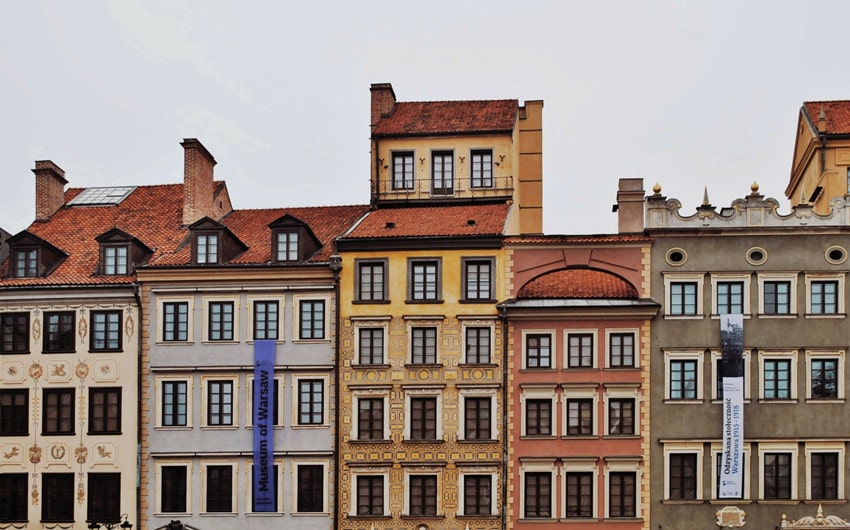
The Old Town of Warsaw is not just a picturesque spot; it’s a symbol of resilience and determination. Almost completely destroyed during World War II, it was meticulously rebuilt after the war, brick by brick, using photographs and paintings as references.
The restoration was so remarkable that UNESCO recognized it as a World Heritage Site. Today, visitors can stroll through its cobblestone streets, admire the colorful facades, and feel the vibrant energy of Poland’s capital city.
14. The Vistula Is Poland’s Longest River
Stretching 1,047 kilometers (651 miles), the Vistula River is the lifeblood of Poland. It flows from the Tatra Mountains in the south to the Baltic Sea in the north, passing through major cities like Kraków, Warsaw, and Gdańsk. The river has played a crucial role in Poland’s history, serving as a trade route and a cultural connector.
It’s also a haven for wildlife, with many parts of the river remaining unspoiled by modern development, making it a perfect spot for boating, fishing, and nature exploration.
15. Poland Has Europe’s Oldest Salt Mine
The Wieliczka Salt Mine, located near Kraków, is a marvel of engineering and history. Operating since the 13th century, it’s one of the world’s oldest salt mines still in use. The mine is famous for its underground chapels, sculptures, and chandeliers—all carved entirely out of salt by miners.
The Chapel of St. Kinga, the most famous part of the mine, is a breathtaking underground cathedral that has hosted concerts, weddings, and religious services. Today, the Wieliczka Salt Mine is a UNESCO World Heritage Site and a must-visit destination.
16. The First Cosmetics Brand Was Polish
Helena Rubinstein, a pioneering entrepreneur from Kraków, Poland, is credited with founding one of the world’s first global cosmetics empires. In the early 20th century, she introduced innovative skincare products and transformed beauty into a thriving industry.
Her brand became synonymous with luxury and self-care, and she was one of the first to emphasize personalized skincare routines. Helena Rubinstein’s groundbreaking work not only revolutionized cosmetics but also inspired countless women to pursue entrepreneurial ambitions.
17. Poland Has Over 1,300 Lakes
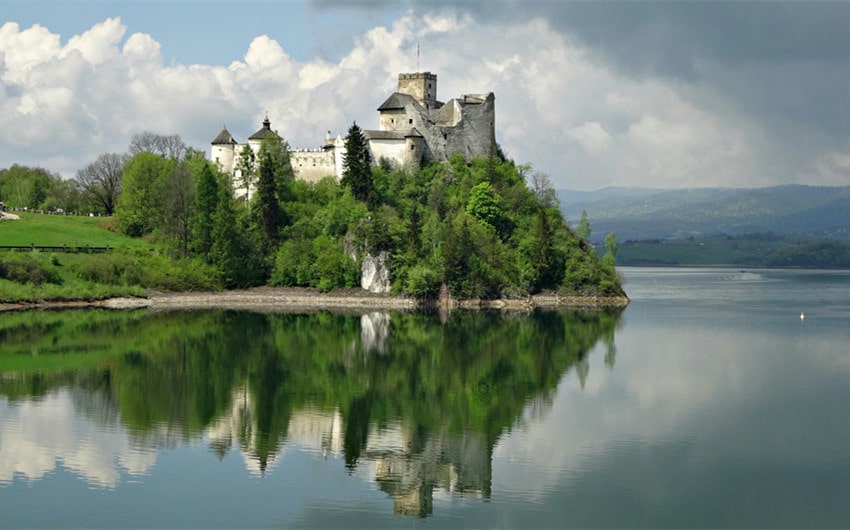
The Masurian Lake District in northeastern Poland is a paradise for nature lovers, featuring over 1,300 pristine lakes connected by rivers and canals. This stunning region is perfect for activities like kayaking, sailing, fishing, and hiking.
Beyond its natural beauty, the area is steeped in history, with charming villages, medieval castles, and World War II sites. Whether you’re seeking adventure or relaxation, the Masurian Lake District is one of Europe’s hidden gems and a favorite destination for locals and tourists alike.
18. The World’s Deepest Underground Cathedral Is in Poland
The Wieliczka Salt Mine, aside from its historic significance, houses the incredible Chapel of St. Kinga, carved entirely out of rock salt. Located more than 100 meters underground, this cathedral-like space is adorned with intricate salt sculptures, reliefs, and even chandeliers.
Miners dedicated years of effort to crafting the chapel, transforming a workplace into a place of worship and art. Visitors today can marvel at its grandeur, attend special events, or simply soak in the serene atmosphere of this subterranean masterpiece.
19. Poland Hosts an International Piano Competition
The Chopin Piano Competition, held every five years in Warsaw, is one of the most prestigious events in the world of classical music. Named after Frédéric Chopin, Poland’s most famous composer, the competition attracts the best young pianists from around the globe.
Winning the competition is considered a major career milestone in classical music. The event not only celebrates Chopin’s legacy but also highlights Poland’s cultural influence and deep appreciation for music.
20. Bison Roam Freely in Poland
The Białowieża Forest, straddling the border between Poland and Belarus, is one of Europe’s last remaining primeval forests and a UNESCO World Heritage Site. It is home to the European bison, the continent’s heaviest land animal, which was brought back from the brink of extinction through careful conservation efforts.
Visitors to the forest can spot these majestic creatures in their natural habitat while exploring ancient woodlands filled with rare plants and wildlife. This untouched wilderness is a testament to Poland’s commitment to preserving its natural heritage.
